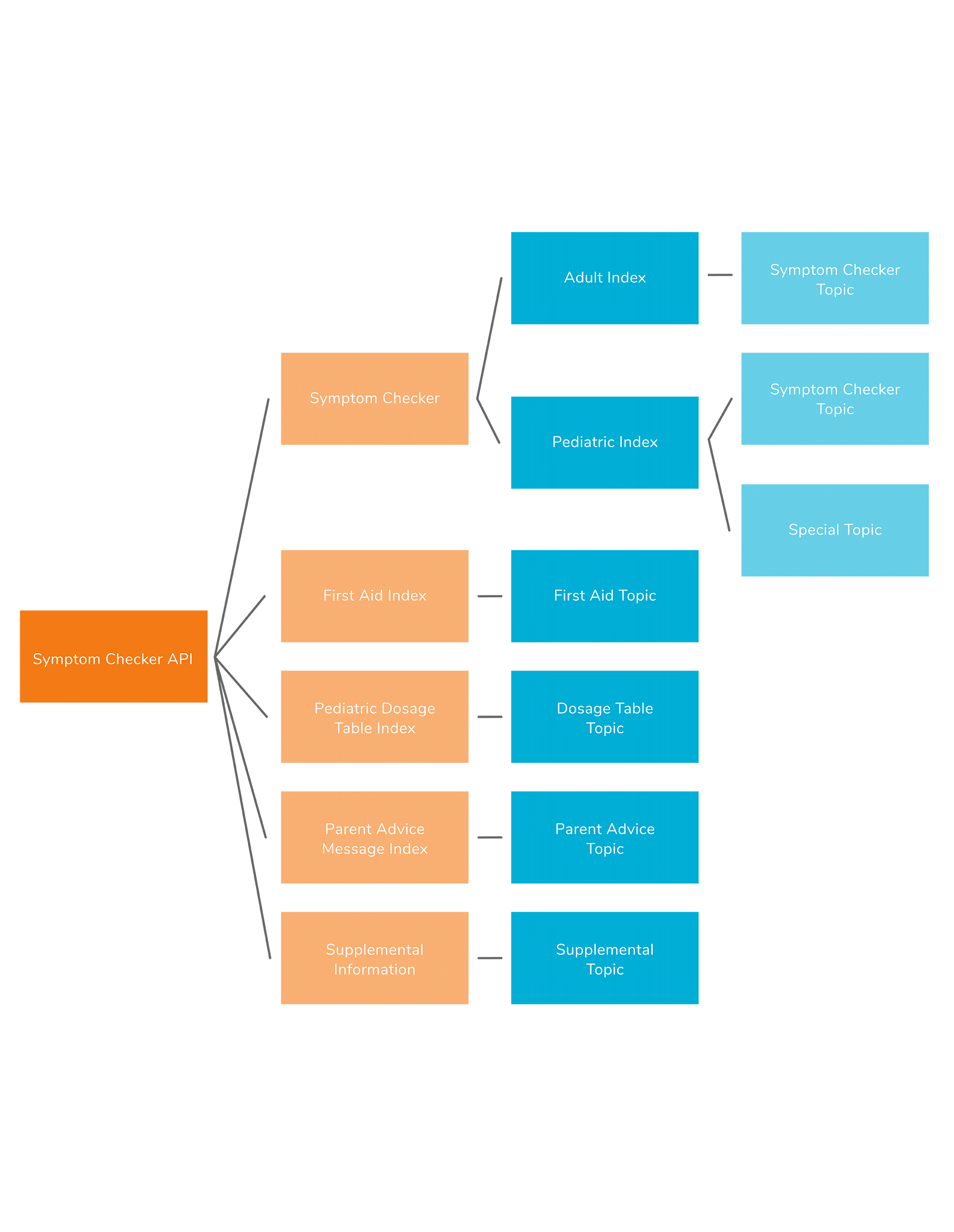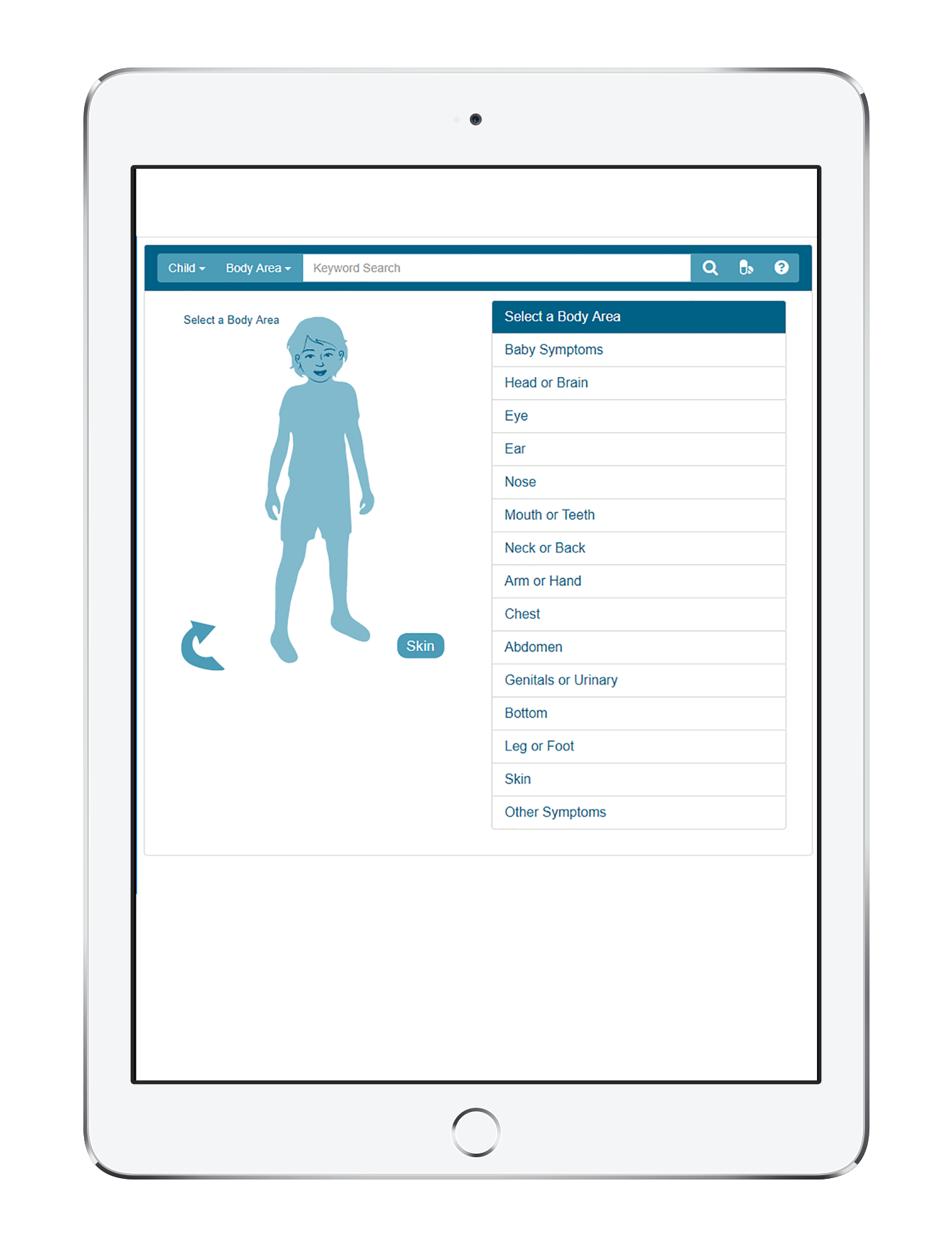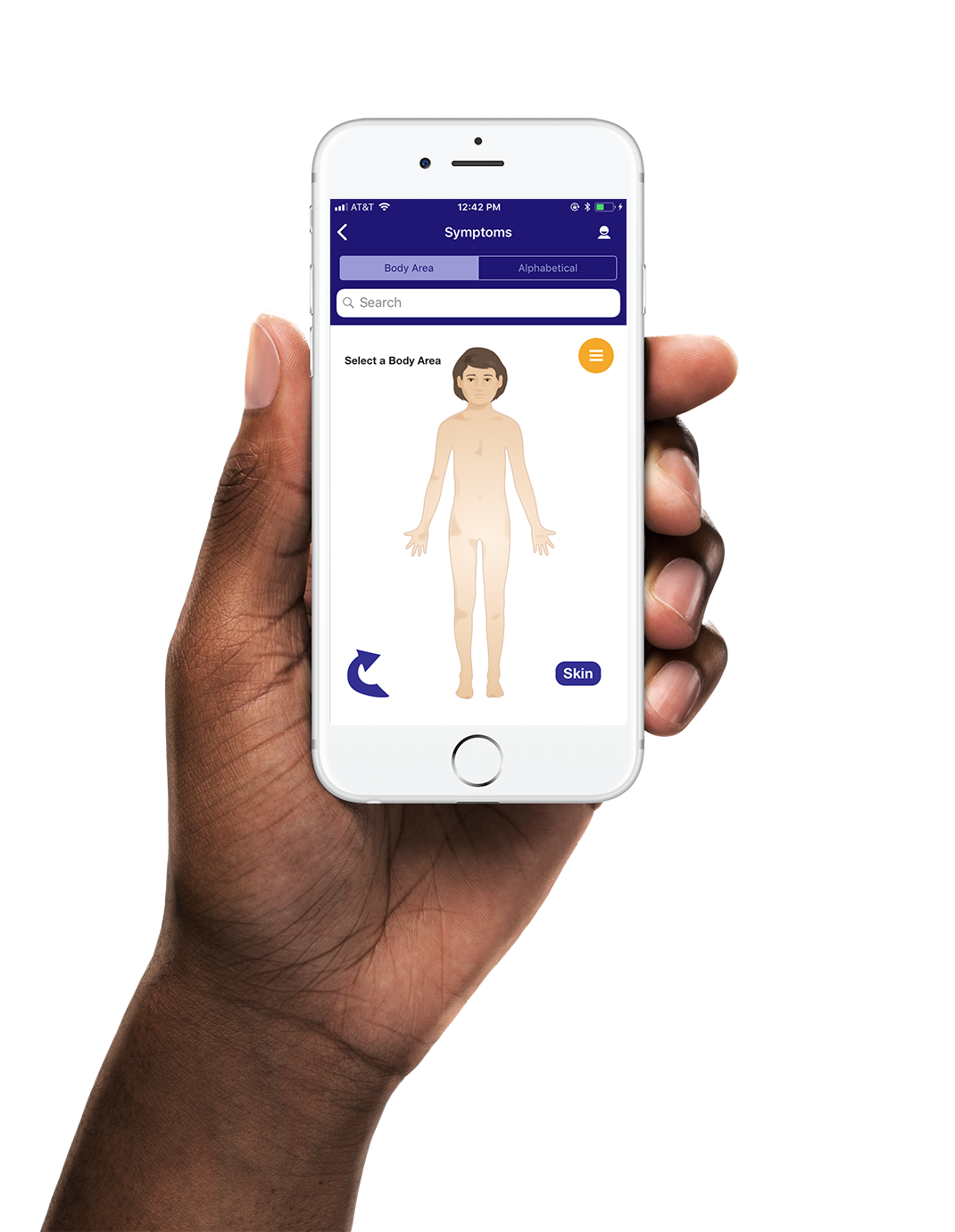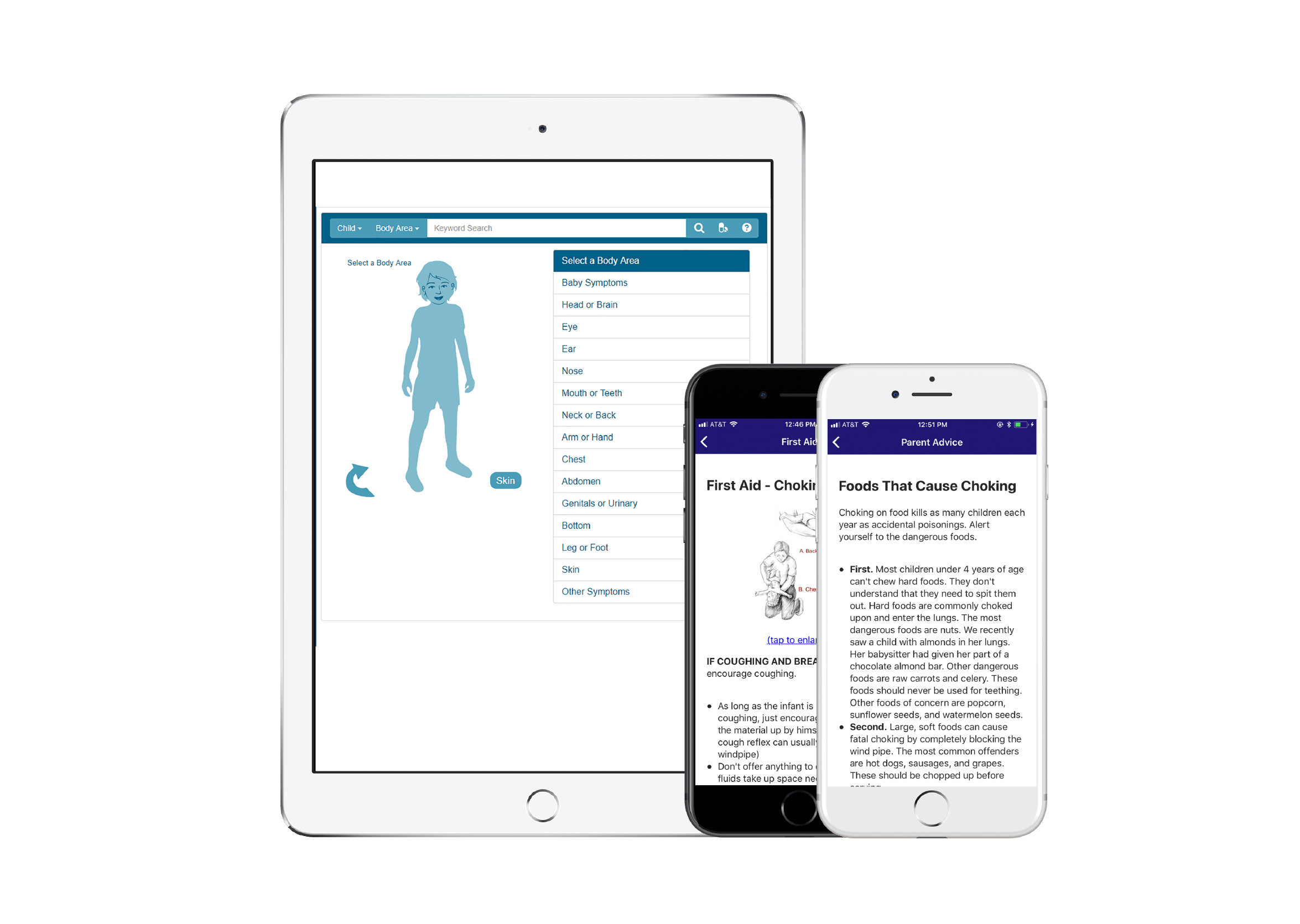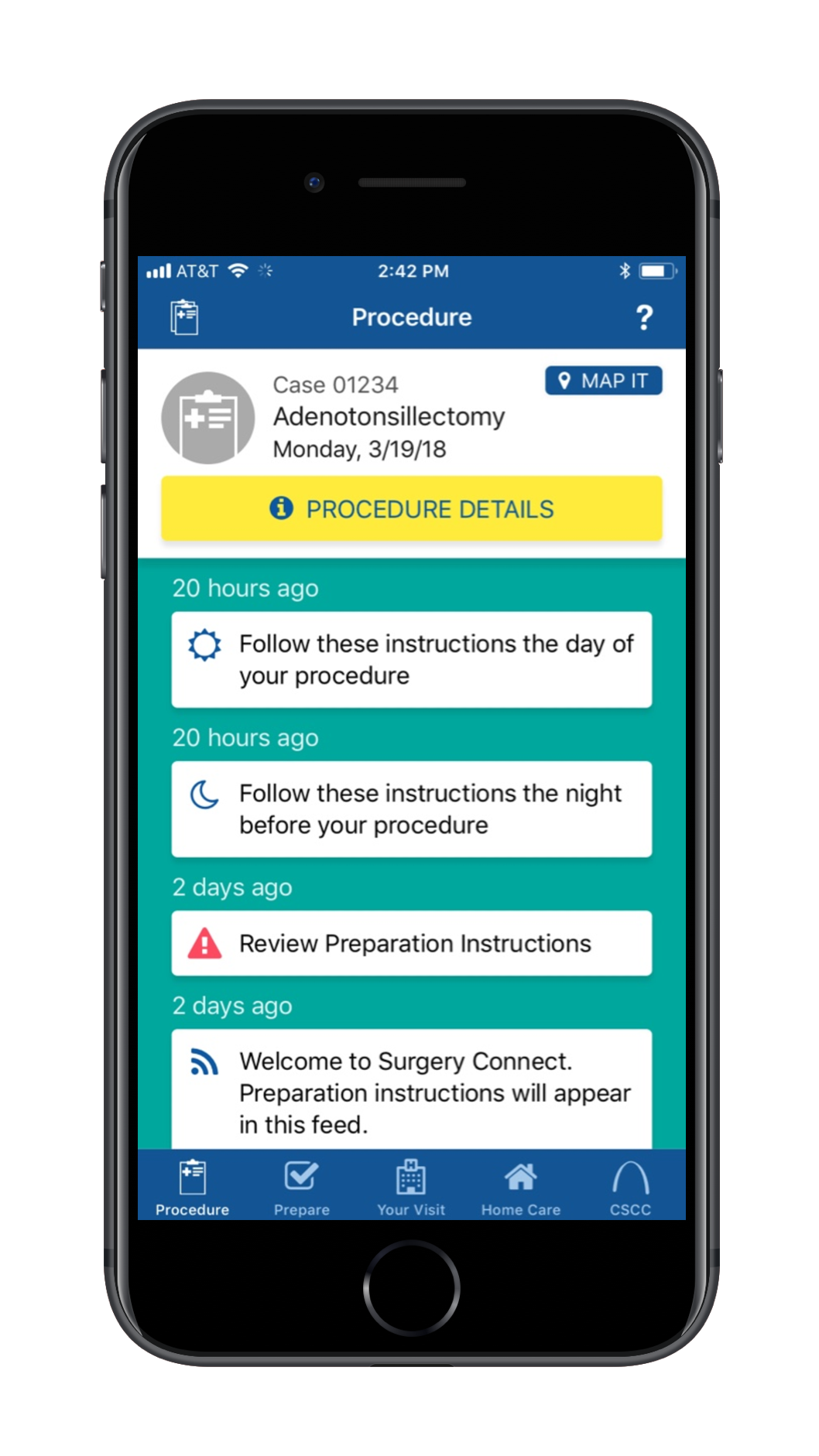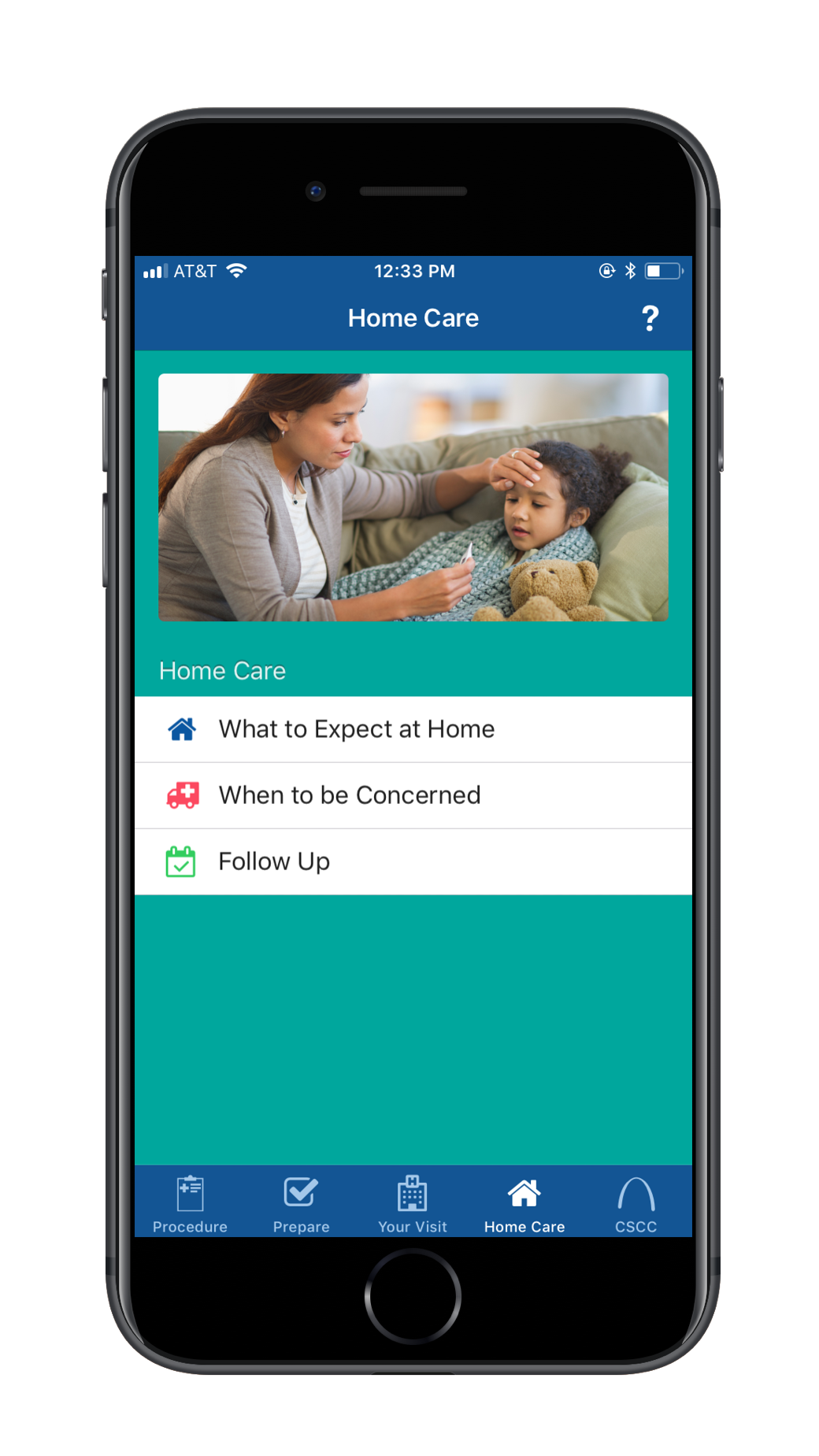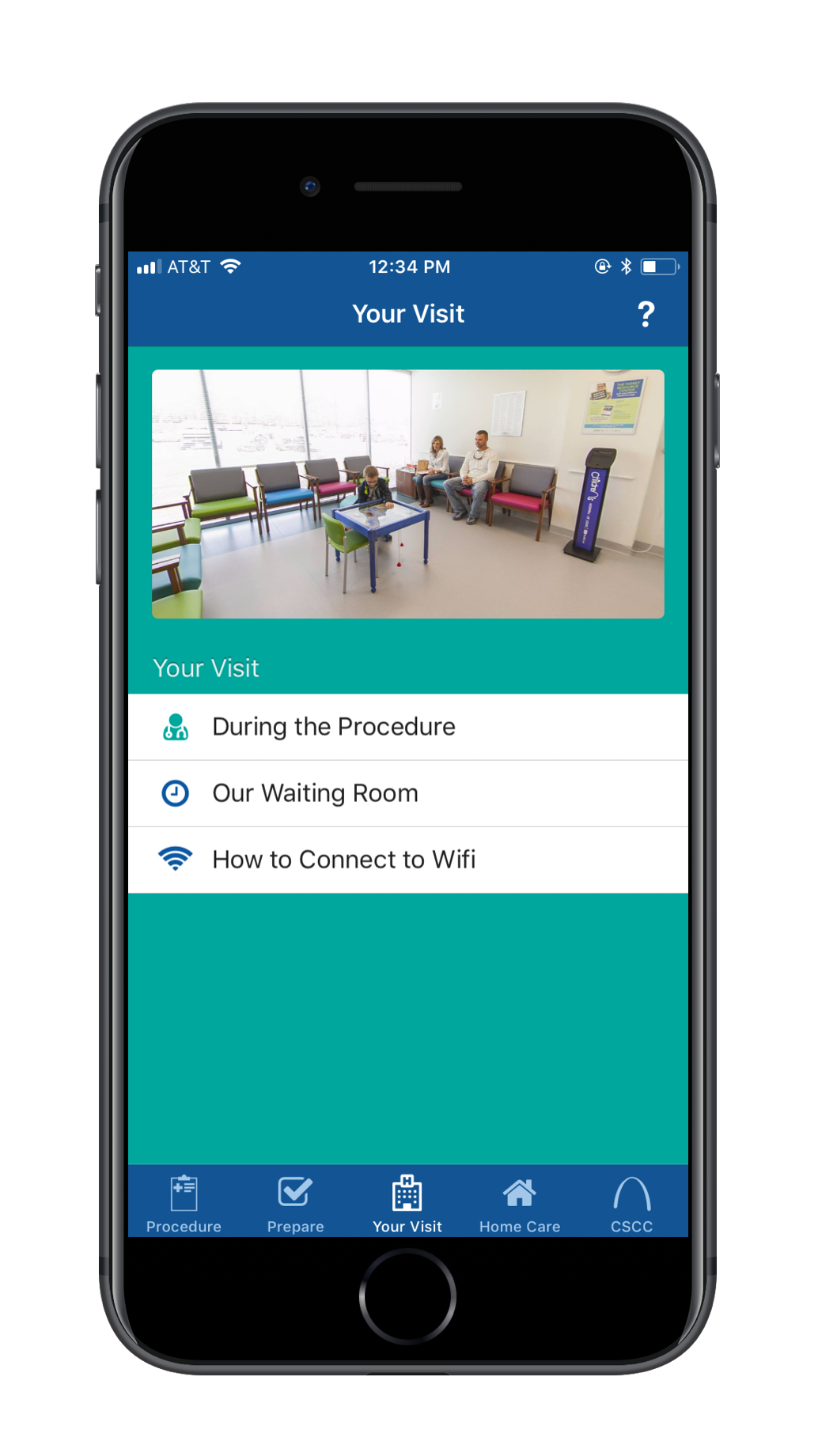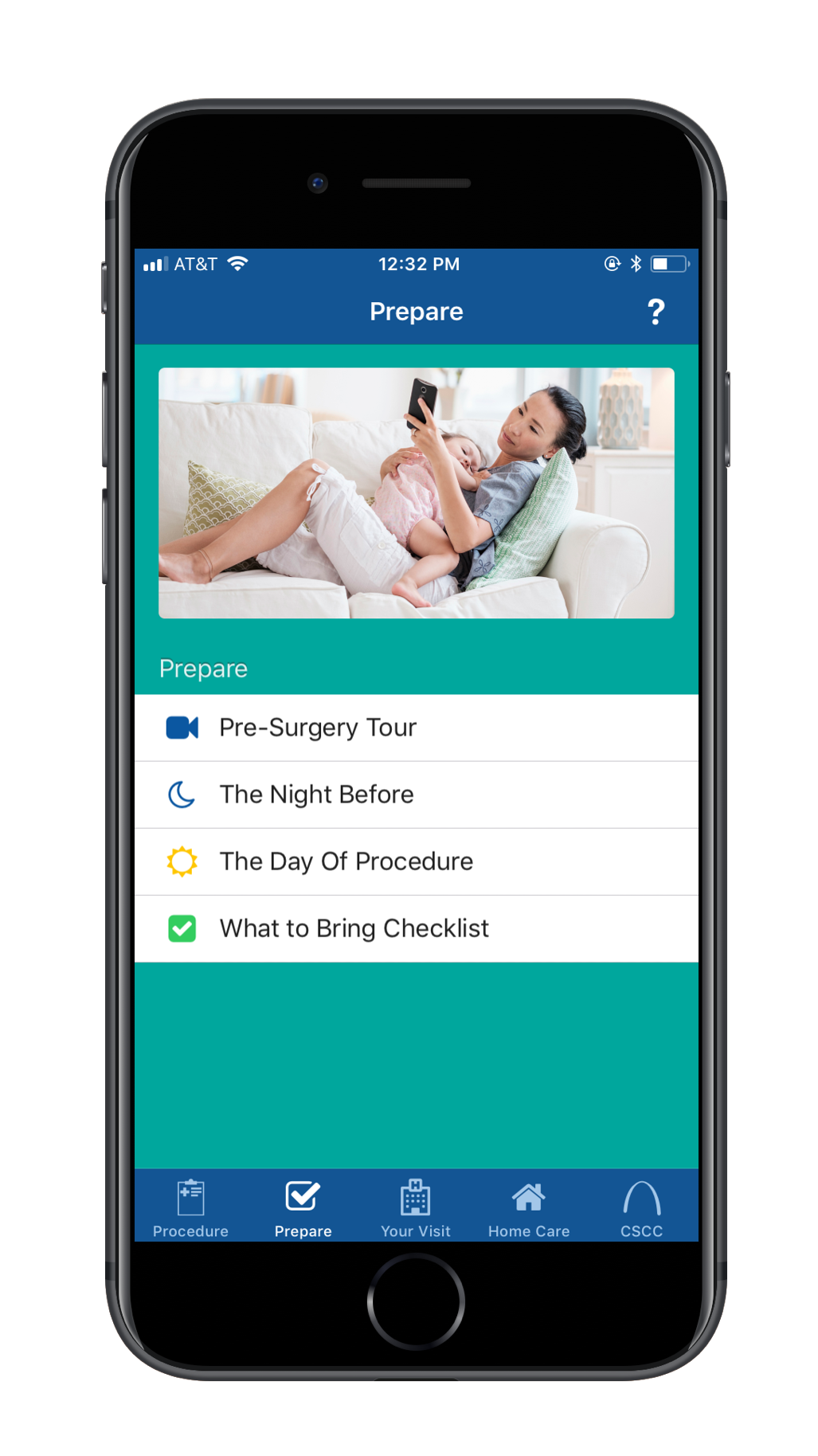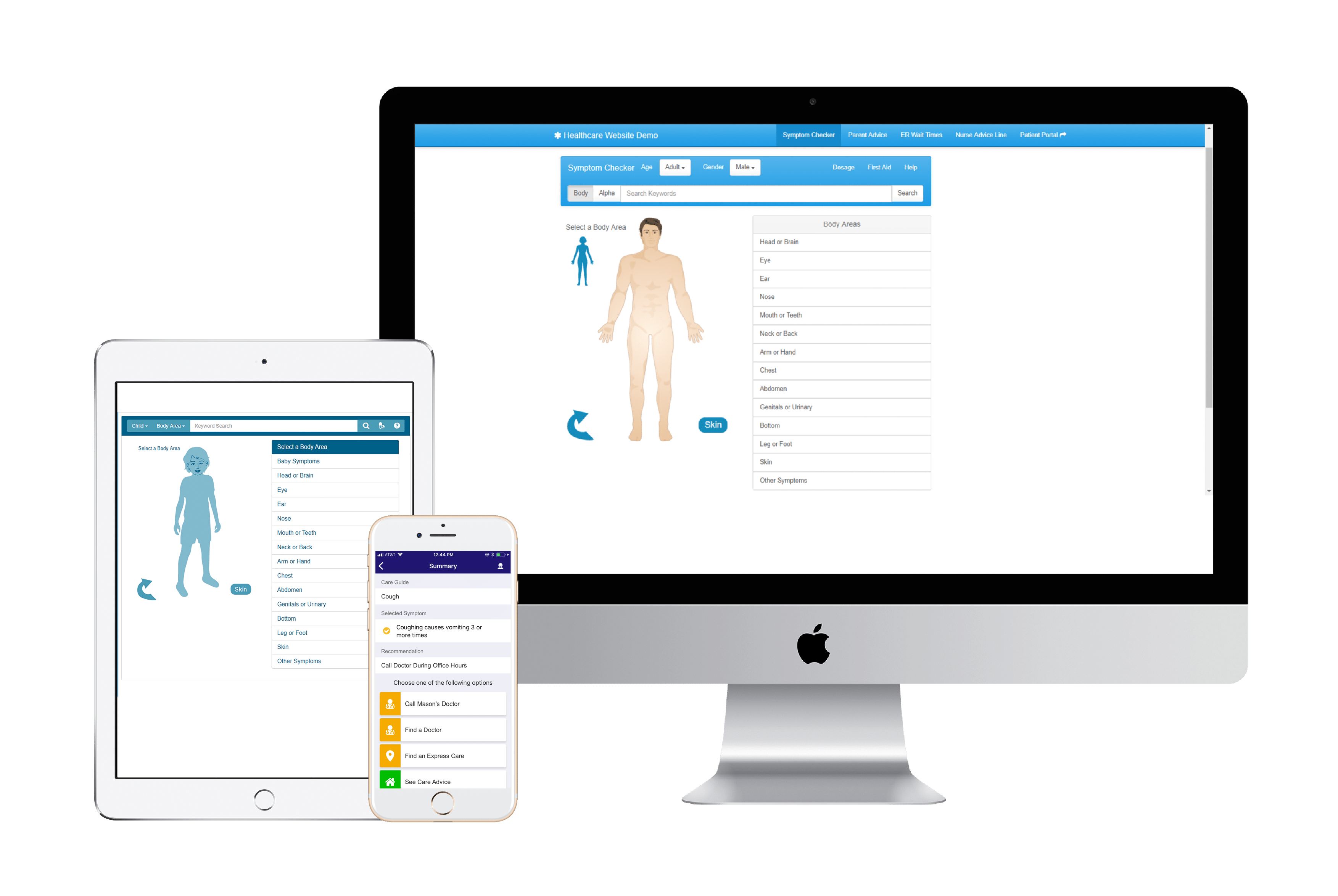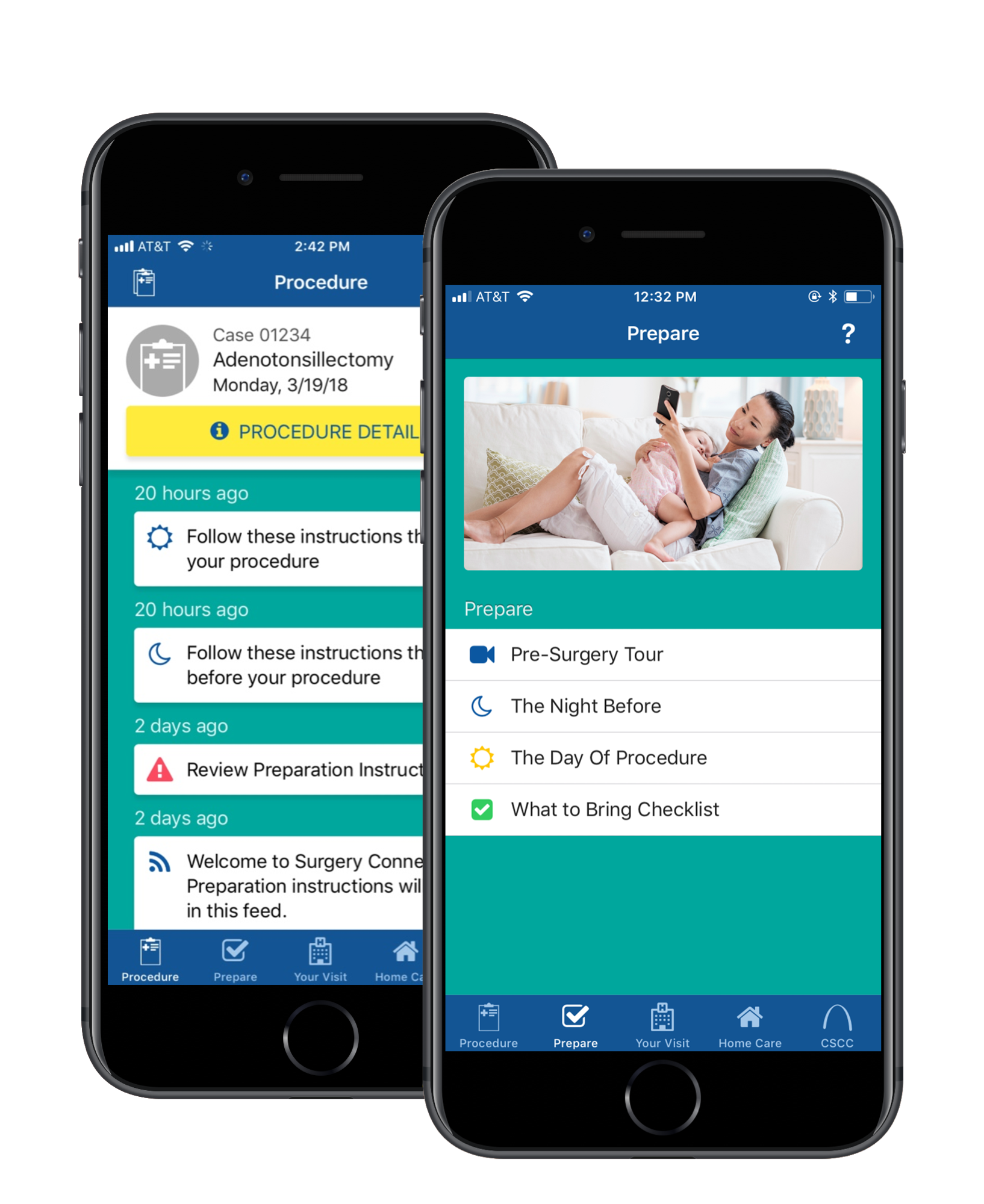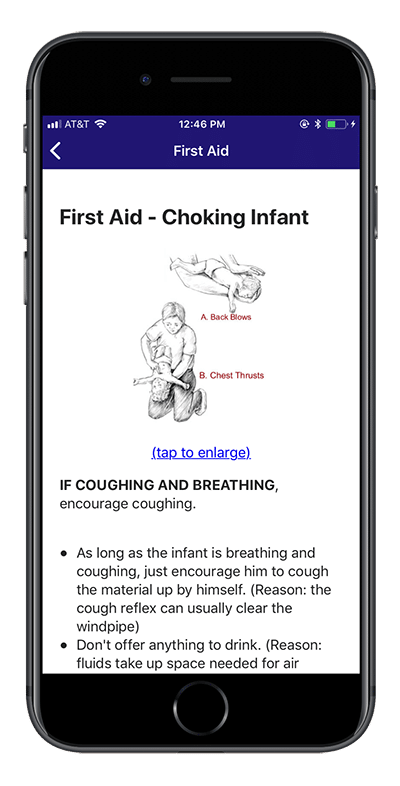Delivering Value with Our New Symptom Checker
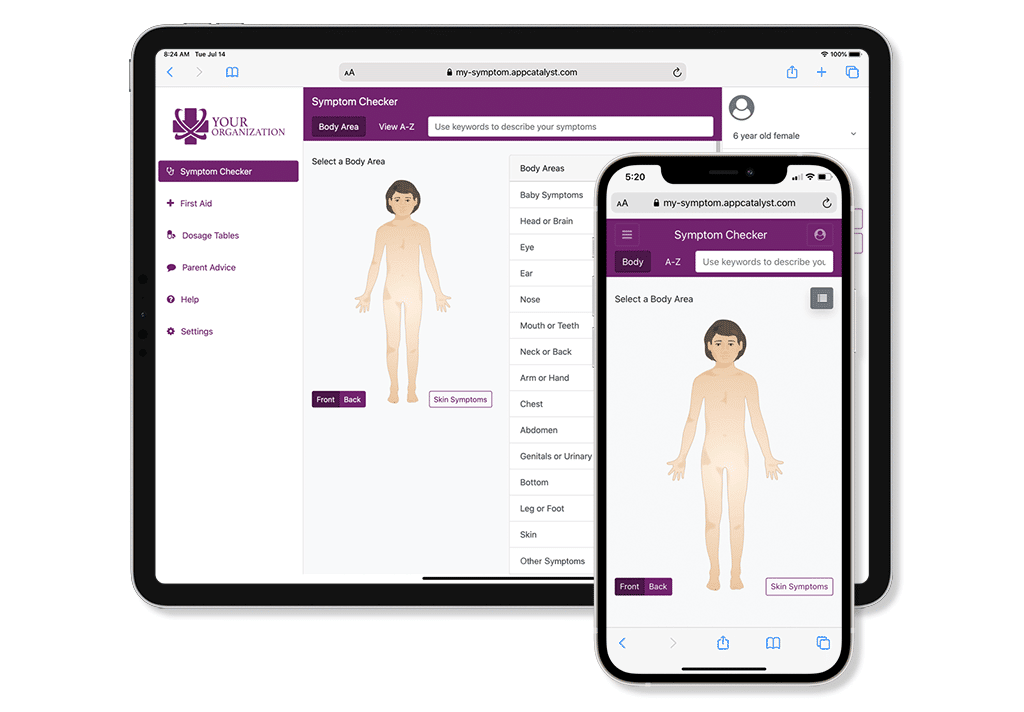
Our latest symptom checker app is a reinvention all of our symptom checker solutions to date. We have taken 10 years of experience in delivering web and mobile symptom checker applications and applied that to the design of an application and management system that delivers our best symptom checker yet.
Our symptom checker is focused on decision support, telling the user what to do based on their symptoms. The purpose of the application is to provide users with the right recommendation and the most appropriate links to help them navigate your healthcare services. Our symptom checker is your tool to direct patients and consumers to the right place at the right time.
To date, we have customized your mobile apps to link back to your services and we have realized that this is where our symptom checker can provide the most value to our customers. We were unable to provide this level of service for web based implementations and, since 2016, we have recommended doing this for yourself using our reference implementation. With our new symptom checker app, we’ve made it easier than ever for you or our support team to implement our solution and manage these links. The links can be updated at any time in a simple web form, to make sure that your users are always directed to the right care at the right time.
This new symptom checker app’s user experience is a refresh of our 2016-2019 reference implementation. It’s designed mobile first instead of desktop first with responsive design. The new application prioritizes the mobile browsing experience and its design will continue to as the app evolves. It is intended to serve a number of use cases including being embedded in mobile applications.
The new application is designed to be:
- Embedded in your website (iframe)
- Embedded in native mobile applications (webview)
- Embedded in your patient portal (iframe)
- Visited directly as a standalone application (any browser)
To embed the application in another webpage, use an iframe. You could style and position the iframe however you like, but we also provide an embed script and iframe support library that enables a seamless browsing experience through a few essential features:
- Automatically adjust the height of the iframe when the embedded application’s size changes
- Scroll the host page back to the top of the embedded application when the embedded application’s page changes
- Synchronize the embedded application’s url with the host page’s fragment identifier to support links to states within the embedded application
The new application is also designed to be accessed directly (a standalone web application). To use it as a standalone web application, promote links to the application and configure the application with links back to your website or patient portals.
Standalone applications and applications embedded in the patient portal can be integrated with SMART-on-FHIR EHR environments and can use the patient profile to access the patients name, age, gender, and their primary care doctor’s information.





